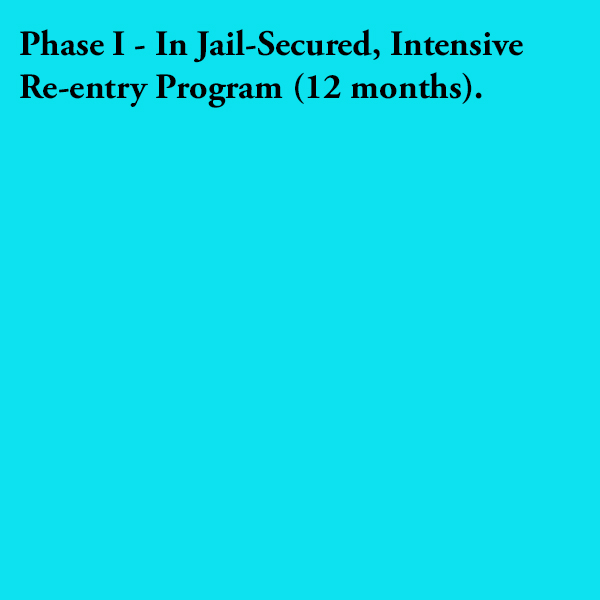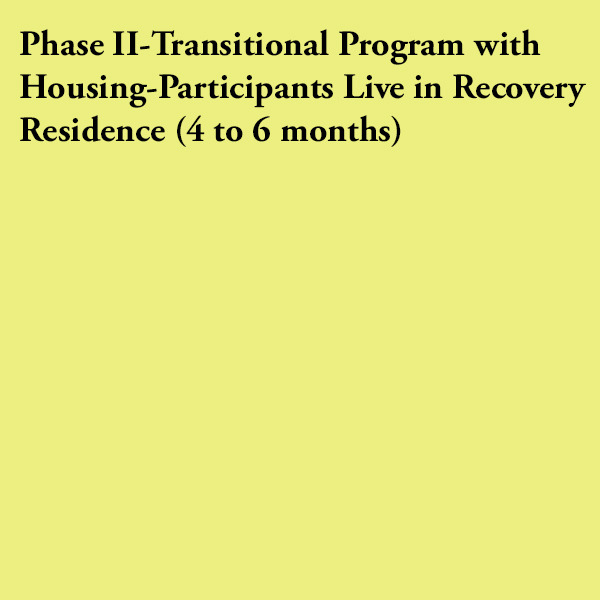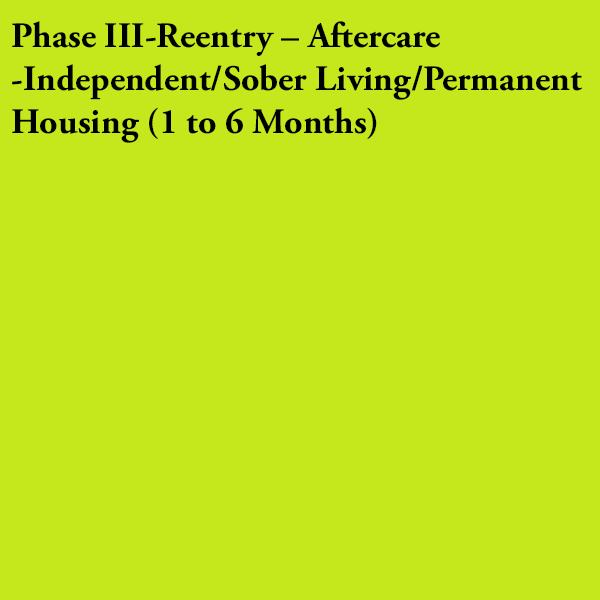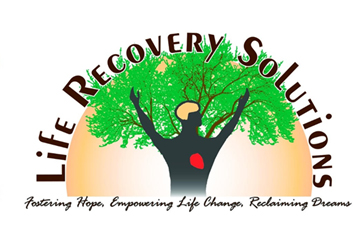Method
The mission is accomplished through a three-phase process, belief, thinking, and behavior modification model:



- Requires measurable thinking and behavioral change evidenced by assessment of thinking and actions,
- Healthy accountability and responsibility,
- Measurable change in emotional intelligence
- Measurable change in cognitive thinking and problem solving
- Measurable change from criminal thinking to prosocial thinking,
- Practicing recovery and relapse management skills,
- Measurable change in positive pro-social relationships and social interaction,
- GED, Work Keys, vocational training, job readiness, transition skills, career counseling, and Healthy functioning in the therapeutic community
- Continue in a personal, well-developed recovery program with a sponsor.
- Participants transition to permanent housing.
- Maintain stable employment.
- Join family, continue in a healthy, prosocial, holistic lifestyle with community integration.
- Continue JDRP Aftercare (as needed), Probation, Parole and Peer Mentoring, if necessary.
- Complete all probation/parole requirements, stable employment, and permanent housing to successfully complete Phase III.
- Continue in a personal, well-developed recovery program with a sponsor.
- Participants transition to permanent housing.
- Maintain stable employment.
- Join family, continue in a healthy, prosocial, holistic lifestyle with community integration.
- Continue JDRP Aftercare (as needed), Probation, Parole and Peer Mentoring, if necessary.
- Complete all probation/parole requirements, stable employment, and permanent housing to successfully complete Phase III.
USE EVIDENCE-BASED PRINCIPLES FOR EFFECTIVE INTERVENTIONS
- Assess Actuarial Risk/Needs-LS/CMI (Level of Service/Case Management Inventory)
- Enhance Intrinsic Motivation
- Target Interventions
- Risk Principle: Prioritize supervision and treatment for moderate to high risk offenders.
- Need Principle: Target interventions to criminogenic needs.
- Responsivity Principle: Be responsive to temperament, learning style, motivation, culture, and gender when assigning programs.
- Dosage: Structure 40-70% of ‘high risk offenders’ time for 12 months
- Treatment: Integrate treatment into the full sentence/sanction requirement.
- Skill Train with Direct Principles (Use cognitive behavior therapy and social learning theory treatment methods)
- Increase Positive Reinforcement versus Punishment Techniques (by a 4 to 1 ratio)
- Engage Ongoing Support in Natural Communities
- Measure Relevant Processes/Practices
- Provide Measurement Feedback
TYPICAL CRIMINOGENIC NEEDS ADDRESSED
- Anti-Social Values and Thinking (Attitudes and Beliefs)
- Anti-Social Companions
- Anti-Social Personality (Temperament/Self-Regulation)
- History of Anti-Social Behavior
- Family and/or Marital Stressors
- Lack of Employment and Education
- Lack of Pro-Social Leisure/Recreation
- Substance Abuse/Mental Health/Co-Occurring Disorders
ASSESSMENT DRIVES INTERVENTIONS
- An Intake, Demographic, and Substance Use Screening, and a Level of Service/Case Management Inventory (LS/CMI) is performed at intake to determine the criminality/addiction/mental health condition/severity, dosage, and the intensity of service needed for the participant.
- An Individualized Transition Accountability Success Plan (TASP), including, Risk Factors, Strengths Analysis and Reentry Success Plan is developed on entry to Phase I, progress is reviewed on-going/monthly, and progress is re-assessed and measured with new criminogenic assessment every 6 months.
- A Whole Health Plan is developed prior to moving to Phase II and is modified/monitored by Peer Mentors through Phase III
METRICS OF PROGRESS-Personality changes sufficient to bring about a positive, measurable, widespread improvement in:
- Relationship building
- Self-Discipline
- Self-Structure
- Self-accountability
- Responsibility
- Emotional intelligence
- Spiritual maturity
- Spiritual principals’ guidance system
- Outlook on life
GOALS FOR THE TARGETED POPULATIONS
- ENHANCE PUBLIC HEALTH AND SAFETY-Reduce number of arrests, jail days, drug use, drug distribution, and severity of crimes and reduce emergency room visits and provide whole health plans.
- IMPROVE EFFICIENCY AND EFFECTIVENESS-Program offers pro social solutions in both the law enforcement and judicial systems.
- IMPROVE RECOVERY AND COMMUNITY CONNECTION- Remain connected to community service groups, recovery- oriented programs/systems and other community services after successful/compliant discharge from Phase I forward.
- PROGRAM RETENTION- Encourages participants to remain in and complete all phases of the program until global change has been initiated and sustained and community re-integration has occurred.
- PROVIDE FOR AND EXPECT THE OFFENDER TO BE A CONTRIBUTING, PRODUCTIVE, PROSOCIAL CITIZEN-Remain offense free, mentally healthy, sober, in stable housing and employed.
- ENHANCES THE COMMUNITY ECONOMIC AND LIVING ENVIRONMENT-Through improved recovery from addiction, reduce criminality/increase prosocial, improved mental health, family reintegration, increased employment and reduced homelessness.

